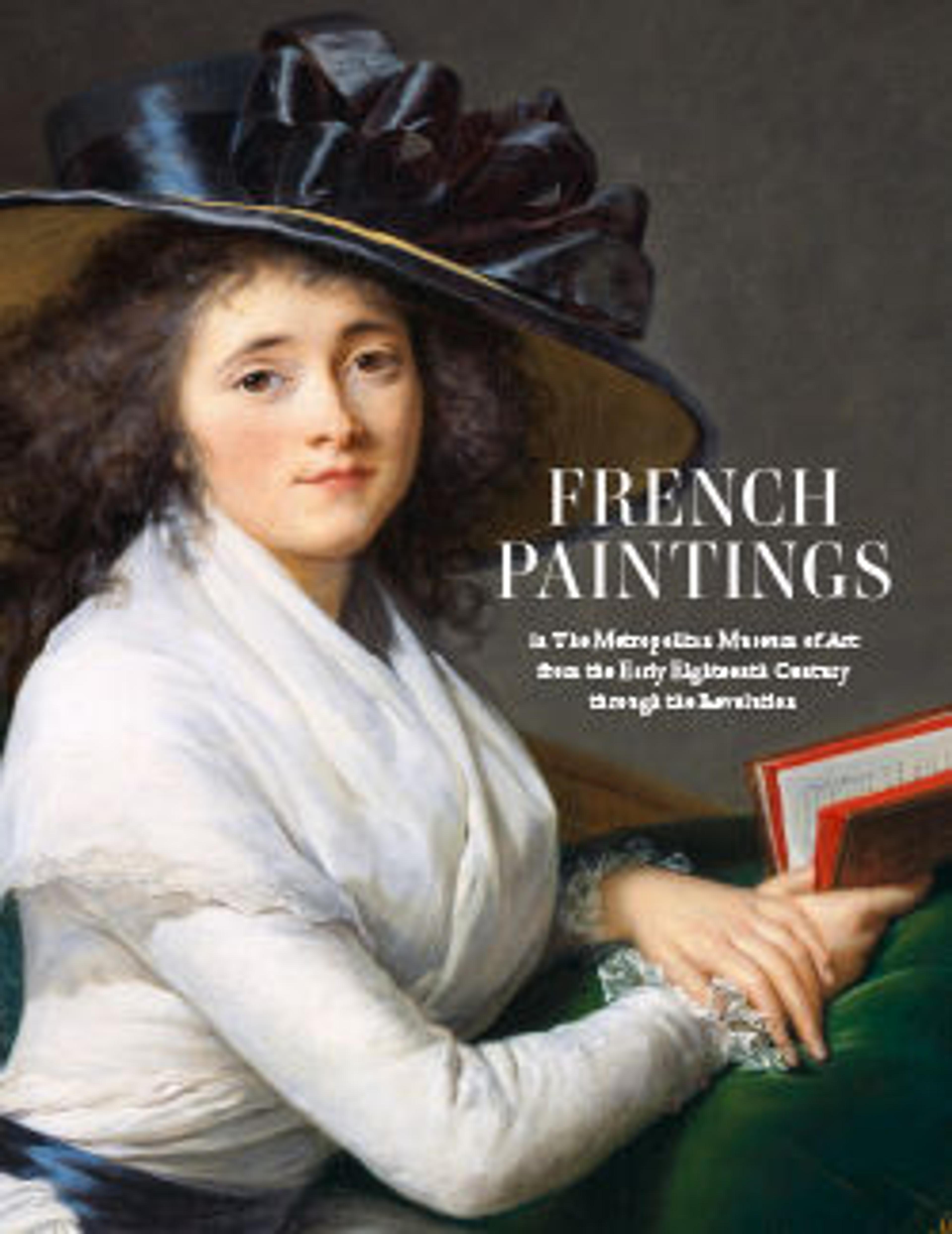Aegina Visited by Jupiter
Greuze insisted on submitting a painting to the French Royal Academy that would gain him entry as a history painter, resulting in numerous false starts including this ambitious but unfinished canvas. It evokes the goddess Danaë, but may represent Aegina, daughter of the river god Asopus, who was visited by Jupiter and carried off by him in the form of an eagle. In 1767 Greuze wrote to the art critic Denis Diderot that he "should very much like to paint a woman totally nude without offending modesty," perhaps in reference to this work. A few years later Greuze finally submitted a different subject, Septimius Severus and Caracalla (1769; Musée du Louvre, Paris), which despite its aspirations failed to earn him the status of history painter.
Artwork Details
- Title: Aegina Visited by Jupiter
- Artist: Jean-Baptiste Greuze (French, Tournus 1725–1805 Paris)
- Date: ca. 1767–69
- Medium: Oil on canvas
- Dimensions: 57 7/8 x 77 1/8 in. (147 x 195.9 cm)
- Classification: Paintings
- Credit Line: Gift of Harry N. Abrams and Purchase, Joseph Pulitzer Bequest, Pfeiffer, Fletcher, and Rogers Funds, 1970
- Object Number: 1970.295
- Curatorial Department: European Paintings
More Artwork
Research Resources
The Met provides unparalleled resources for research and welcomes an international community of students and scholars. The Met's Open Access API is where creators and researchers can connect to the The Met collection. Open Access data and public domain images are available for unrestricted commercial and noncommercial use without permission or fee.
To request images under copyright and other restrictions, please use this Image Request form.
Feedback
We continue to research and examine historical and cultural context for objects in The Met collection. If you have comments or questions about this object record, please complete and submit this form. The Museum looks forward to receiving your comments.
